Spring Butterflies
Over the long dreary winter months, Jock yearns for his first sighting of a fluttering butterfly - that always puts a smile on his face, signalling spring is under way!
The Butterfly Conservation have loads of facts about butterflies: https://butterfly-conservation.org/news-and-blog/the-secret-life-of-butterflies
Spring is an important time for butterflies, but they don't all come into spring as adult butterflies!
Butterflies have 4 life stages. They develop from the egg, to the larva (caterpillar) the pupa (chrysalis) and the adult butterfly.
To understand this we need to look at the life cycle of butterflies. Watch this video to learn more.
Some species like Peacock, Small Tortoiseshell, Comma and Brimstone will have spent the winter hibernating as adults. You might even have had Small Tortoiseshell or Peacock butterflies hibernating in your house. You’d think this would be a great plan, but as we turn our heating up, sometimes they waken up thinking spring has arrived, using up precious energy trying to get out to find flowers to feed on when there are none.
As cold blooded creatures, butterflies rely on external sources of heat to warm them up. As the days get warmer, hibernating butterflies will waken up, very hungry and thirsty. If they don't eat within a day or 2, they might not survive. So timing coming out of hibernation when there is food around is vital.
Jock is always relieved to see the pussy willow catkins opening - the bright yellow catkins are male, with their yellow pollen. Some female insects need its protein to mature their eggs. The green catkins are female and later produce fluffy seeds. Both male and female catkins provide nectar, vital energy for insect pollinators. Spring blossoms like cherry blossom, lesser celandine and dandelions are also important food sources.
Most butterflies spend winter as caterpillars. The eggs will have been laid in time for the caterpillars to hatch before it gets too cold. They will bury themselves underground or in leaf litter till spring. Come spring, an army of leaf eating caterpillars will set out to munch their way through our gardens!
Others spend winter as a pupae or chrysalis, most likely pupating at the base of plants close to the ground or hidden in fallen leaves. As the butterfly emerges from the chrysalis, its wings will be wet and weak, and the butterfly needs to pump a liquid into its wings to make them strong enough to fly.
Apart from those which hibernate, most adult butterflies will only live for a few weeks, and their job is find a mate and to lay eggs.
As spring gets under way, keep your eyes open for the Small Tortoiseshell and Peacock, and if you're really lucky the Comma which Jock says is slowly colonising the area. The early season emerging species include the Orange-tip, Green-veined White and Green Hairstreak.
Common garden butterflies and their caterpillars-ID Guide Butterflies and Caterpillars (PDF).
Jock says: Butterflies need our help!
These lovely creatures are in trouble and need our help! Jock has been noticing their numbers have been falling over the years. Climate change and losing their habitats and pollution are all to blame. The good news is there’s plenty we can do to help them in our gardens and school grounds! Just by growing some of the plants they need you can create a fuel station for them where they can fill up on nectar. But as well as nectar they need plants to lay their eggs on which the caterpillars will then munch. You don't need to be an expert gardener or have a huge garden to help butterflies-a balcony or window box, or pots by your front door will do.
Here are some suggestions on how to help.
- How Can You Help? (Butterfly Conservation)
- Get Gardening (Butterfly Conservation)
- A Gardener's Guide To Butterfly Friendly Plants (National History Museum)
More Information
For more information about butterflies browse the web sites.
- Common UK Butterfly Identification And Facts (Woodland Trust)
- Get gardening (Butterfly Conservation)
- Butterflies of North East Scotland Identification Guide (Butterfly Conservation Scotland)
- How To Identify Caterpillars (The Wildlife Trusts)
Jock's jokes:
Why is the letter A like a flower?
Because a bee comes after it!
What did the Mother Earth worm say to the little worm?
Where in Earth have you been?
It’s absolutely no coincidence that many birds reappear soon after the insects emerge - swallows, house martins swifts for example arrive from their migration northwards from the tropics - all set to munch their way through as many insects as they can find! Some, like swallows, prefer flying insects, others prefer crawling insects like caterpillars.
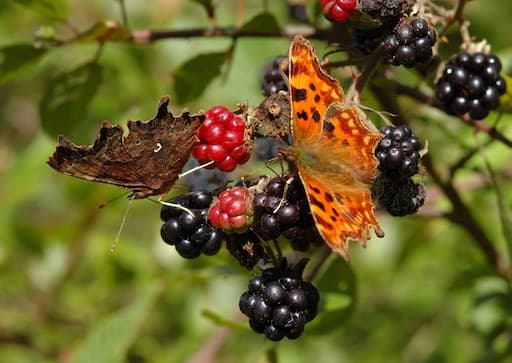
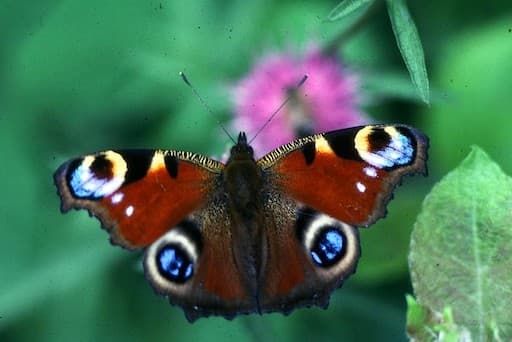
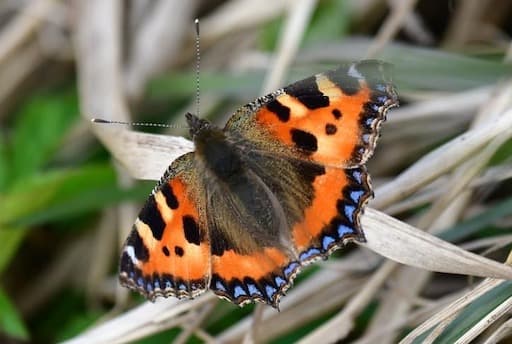
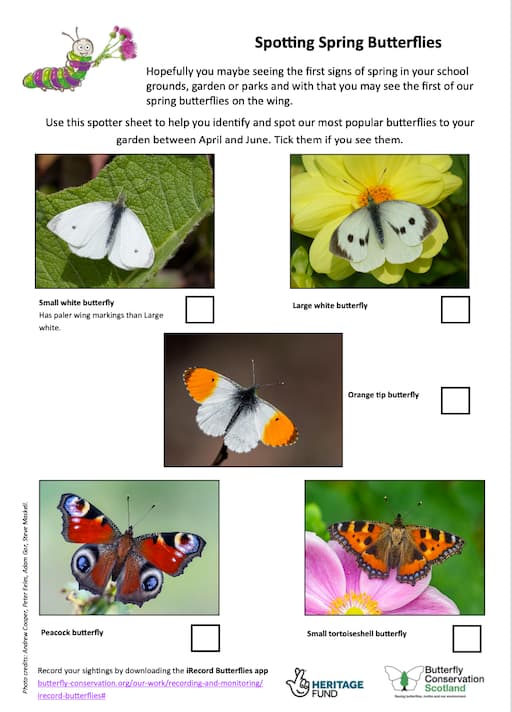
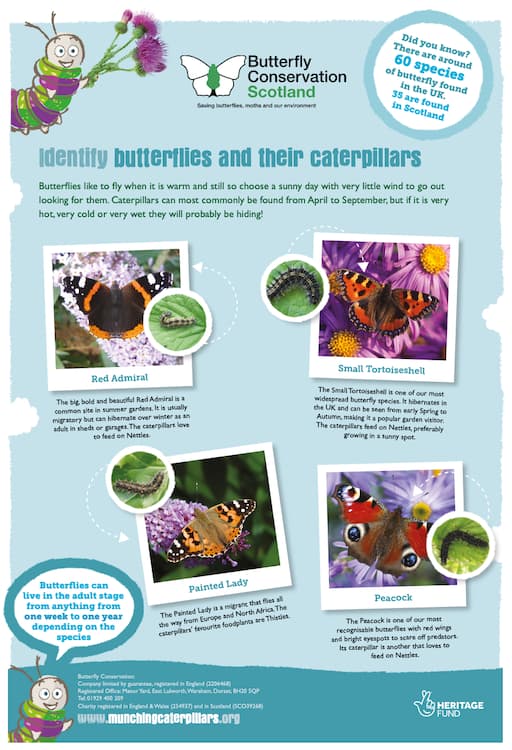
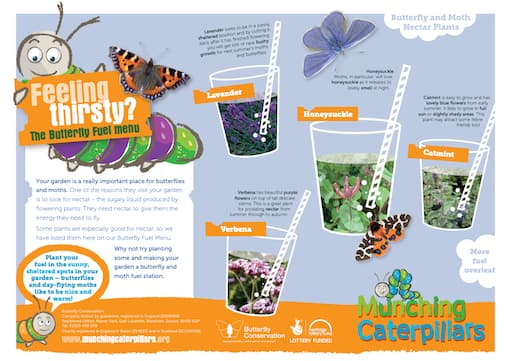
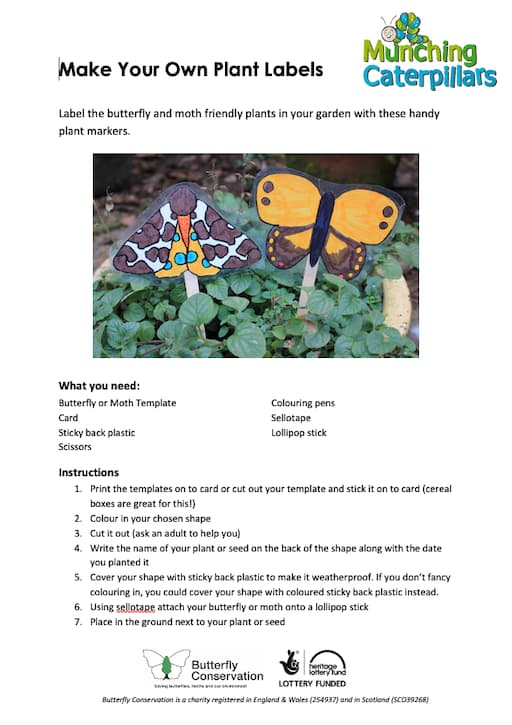
This is part of the Insects In Spring information.